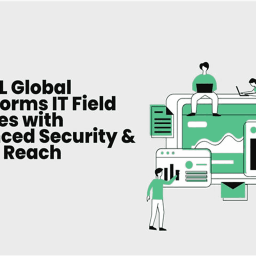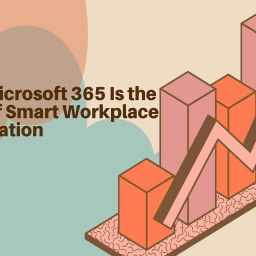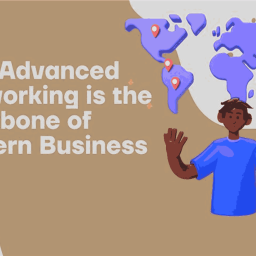
As businesses continue to adapt to digital-first strategies, Managed IT Services are evolving at an unprecedented pace. The need for agility, security, and innovation is pushing managed service providers (MSPs) to expand their offerings and reimagine their value propositions. Here are the key trends shaping the future of managed IT services in 2025—and what businesses need to watch out for.
1. AI and Automation Take Center Stage
AI is no longer a buzzword—it’s a business essential. In 2025, MSPs will increasingly use AI-driven automation to enhance efficiency, improve decision-making, and provide predictive maintenance. Expect:
- Intelligent ticketing and self-healing systems
- AI-powered threat detection
- Automated IT workflows and incident response
This shift reduces manual intervention, enhances productivity, and delivers faster service for clients.
2. Zero Trust Security Architecture Becomes Standard
Cybersecurity is a top concern, and in 2025, Zero Trust Architecture (ZTA) will become the industry standard. Managed IT providers are moving beyond perimeter-based defenses to offer:
- Identity-first security models
- Continuous authentication and access controls
- Endpoint protection and micro-segmentation
This proactive approach helps protect businesses from increasingly sophisticated cyber threats.
3. Edge Computing and IoT Management Rise
With the explosion of IoT devices and real-time data needs, edge computing is taking the spotlight. MSPs are expanding services to manage edge infrastructure, offering:
- Real-time data processing at the source
- Low-latency performance monitoring
- Security and compliance management across edge nodes
This trend is crucial for industries like manufacturing, healthcare, and logistics.
4. Cloud Optimization and Multi-cloud Management
Cloud adoption is maturing, and in 2025, the focus will shift to optimization and multi-cloud strategy. MSPs are helping businesses:
- Reduce cloud sprawl and costs
- Manage workloads across multiple providers (AWS, Azure, Google Cloud)
- Implement cloud-native architectures
Expertise in cloud governance, automation, and cost efficiency will differentiate top MSPs.
5. Sustainability-Driven IT Services
Green IT is becoming a competitive advantage. Managed service providers are now aligning with sustainability goals by:
- Offering energy-efficient infrastructure
- Promoting virtual solutions over hardware
- Measuring and reporting IT carbon footprints
Sustainable IT isn’t just good for the planet—it’s increasingly important to customers and stakeholders.
6. Remote and Hybrid Workforce Support
Workplace flexibility is here to stay. In 2025, MSPs are tailoring solutions for remote and hybrid work environments, including:
- Secure device and access management
- Virtual desktop infrastructure (VDI)
- Unified communication and collaboration tools
These offerings help companies maintain productivity while reducing risk.
7. Strategic IT Consulting and Co-Managed Services
MSPs are evolving into strategic IT partners rather than just service providers. Co-managed IT services are gaining popularity, where internal IT teams collaborate with MSPs to:
- Bridge skills gaps
- Drive digital transformation
- Manage complex IT environments with shared responsibility
This partnership model provides greater agility and long-term business value.
The future of managed IT services is intelligent, secure, decentralized and customer-focused. As technology advances, businesses will look to their IT partners not just for support, but for strategy and innovation. At EIL Global, we’re at the forefront of these trends—empowering enterprises to stay ahead, scale confidently and achieve digital excellence.
















